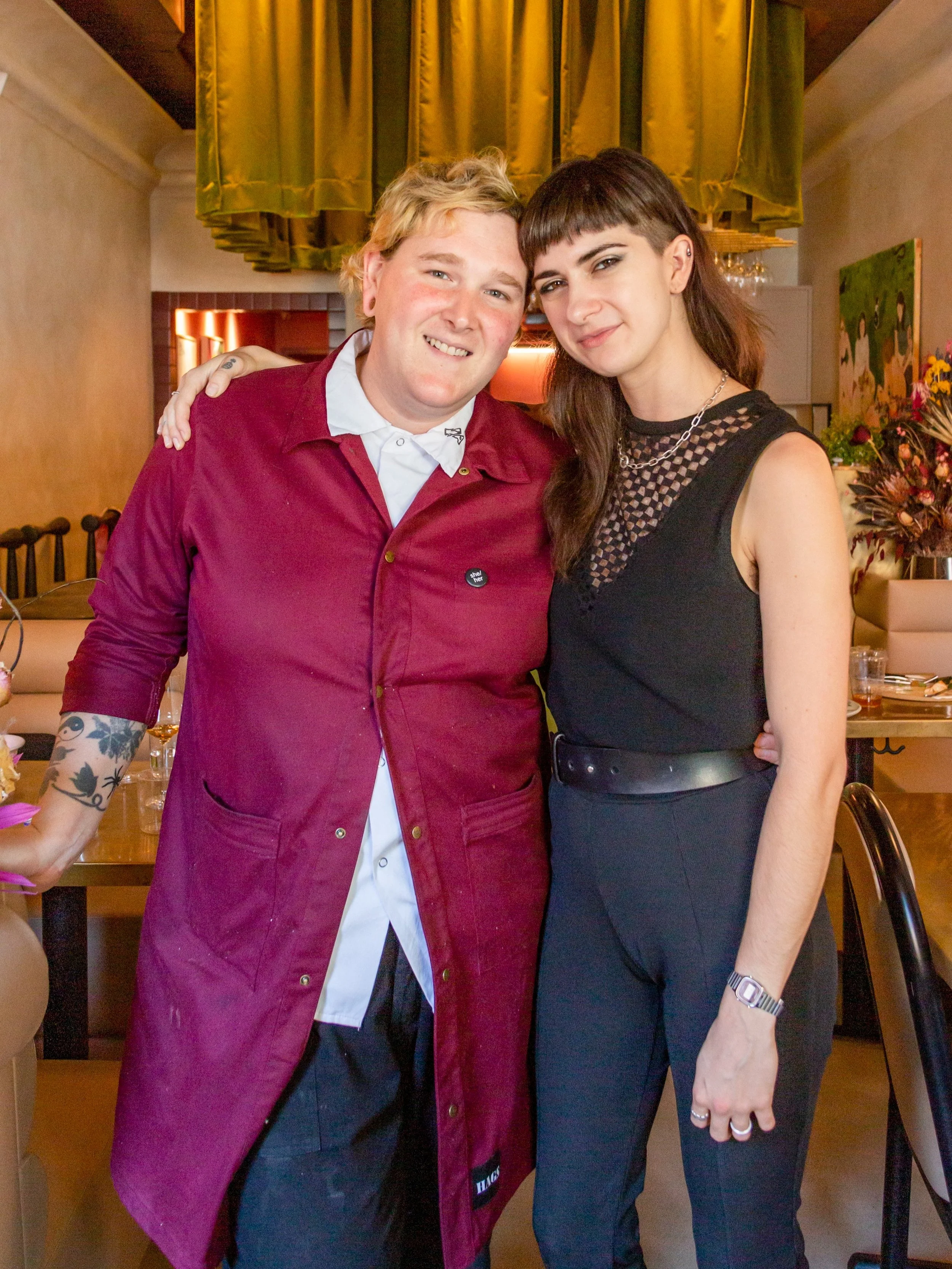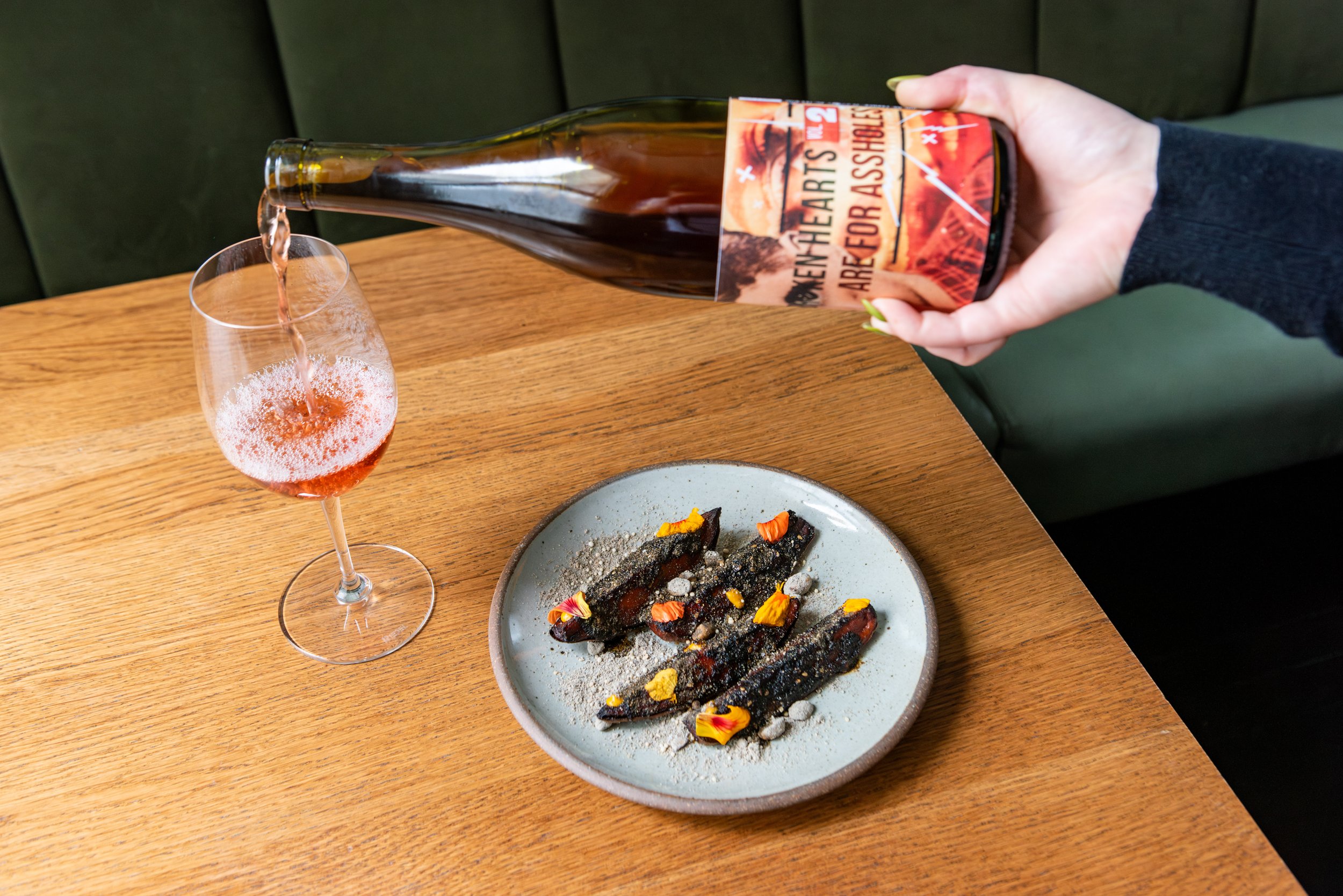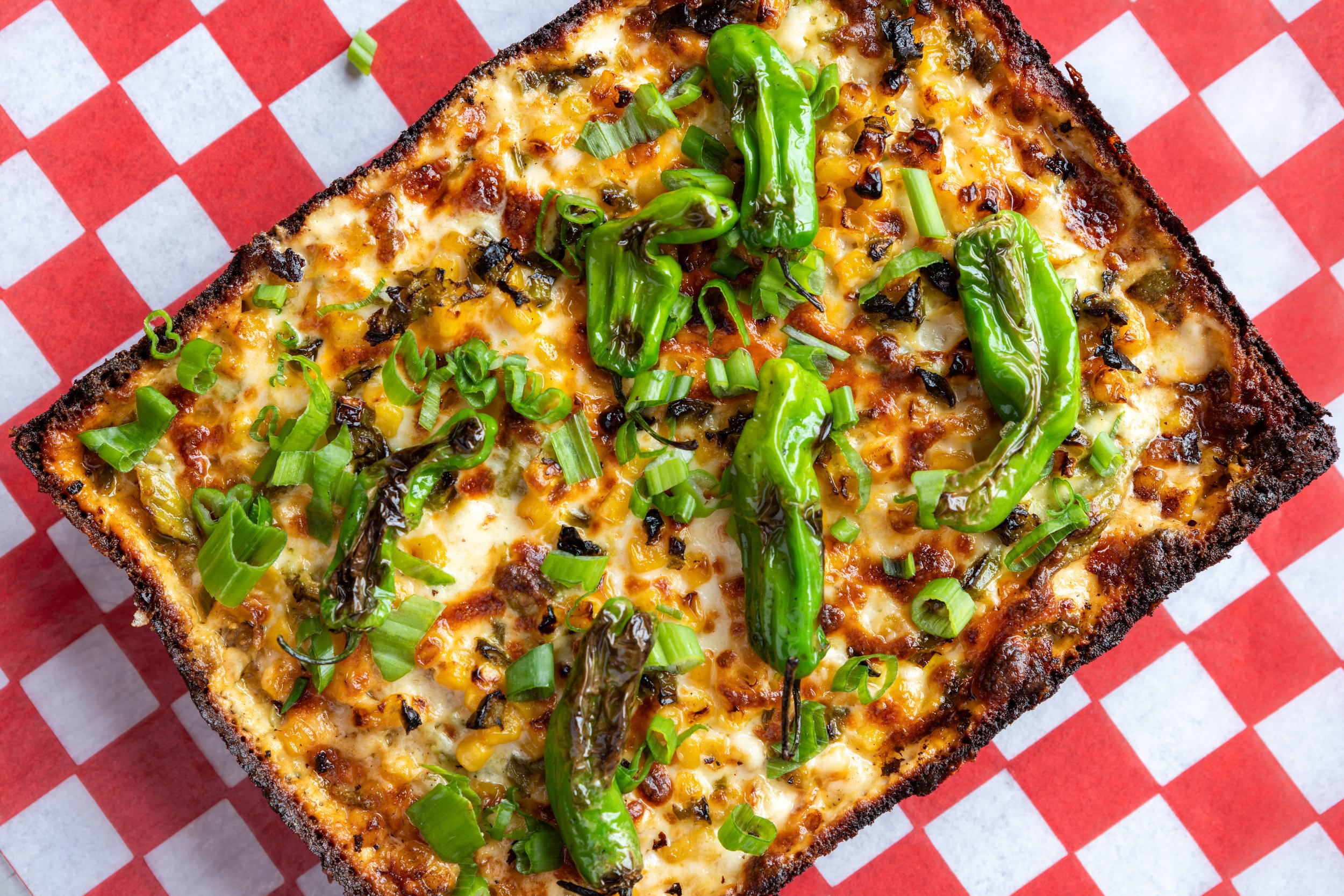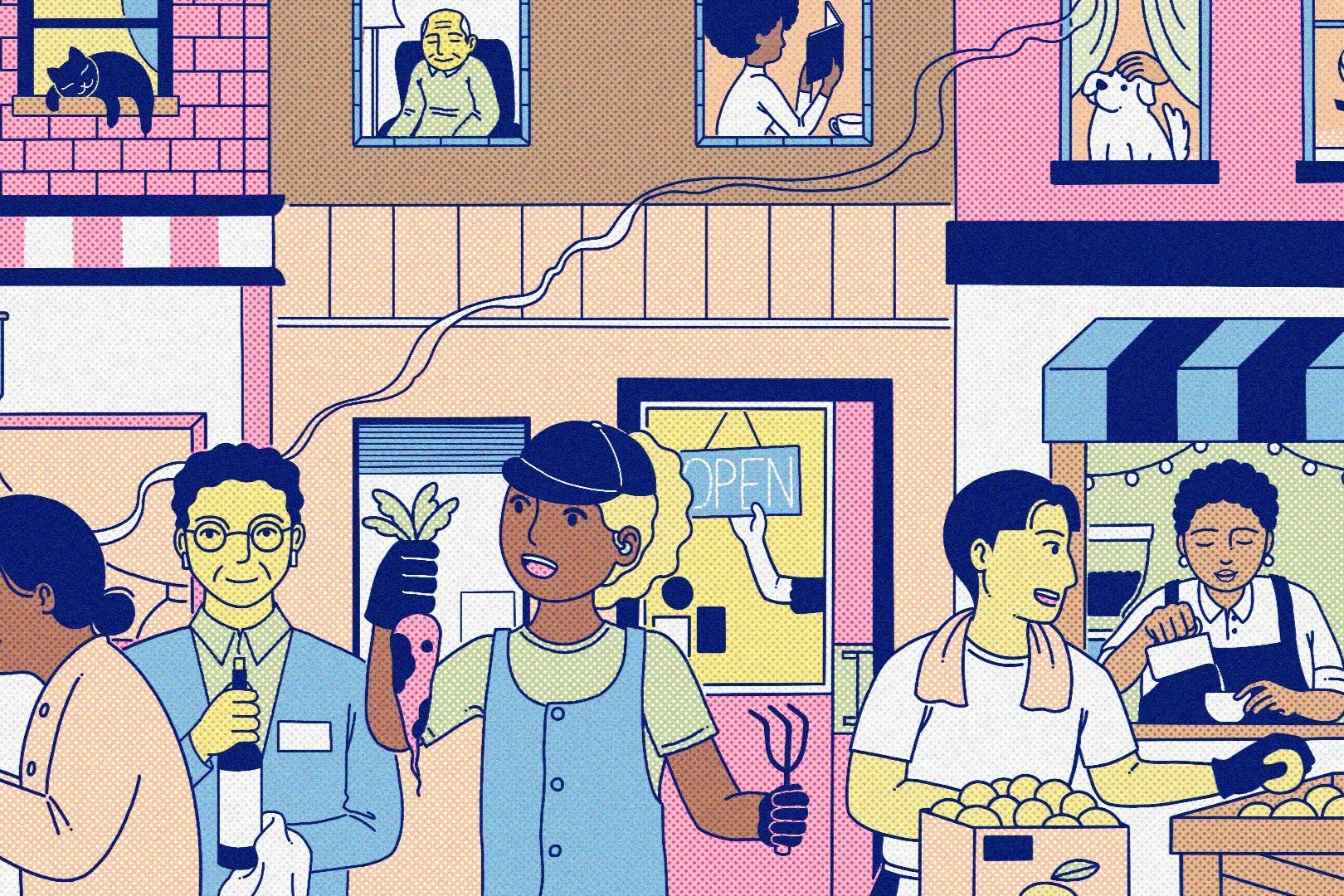Making an Impact
Building community with Telly Justice and Camille Lindsley of HAGS and Petrushka Bazin Larsen and Nick Larsen of Sugar Hill Creamery
Located on opposite ends of Manhattan, HAGS and Sugar Hill Creamery are run by two couples with the same mission: to make their communities better. Every New York City neighborhood has its own set of needs—its inhabitants largely dictated by age and income. But it can’t be forgotten that the community built within four walls can not only reflect, but also uplift, the community on the outside. We talked with these business owners on how they managed to do just that.
At HAGS, located in the East Village (a neighborhood iconically known for its large LGBTQ+ community) Telly Justice and Camille Lindsley have built a restaurant “by queer people, for everyone.” As Lindsley explains: “It’s so rare to have a space with queerness in mind. We see queerness as a lens of accessibility and an intersection of experience. We believe everyone deserves access to luxury. The East Village has such a long history of community care, artists, weirdos, queers, and activism. To think of HAGS outside of the East Village would make no sense.”
With a pay-what-you-can model on Sundays and pronoun pins available at the door for guests, Justice and Lindsley are creating a safe space not only for the neighborhood, but also for their queer staff. “As a trans woman, the access to gentle working environments just doesn’t exist,” says Justice, “I’ve been working for years to build a coalition of trans chefs. It is an incredibly small community.” The pair hopes that HAGS can provide a place where queer restaurant workers can make money, grow a resume, and access mentorship. The restaurant’s uniforms occupy an all-gender comfort zone, and to ensure workers feel confident and comfortable, they are allowed to wear whatever they want underneath. With a significant representation of trans people on staff, Justice and Lindsley are making a difference. “People are coming to work here. It means that there’s a huge need for safe spaces for queer folk who want to work in the hospitality industry.”
On the other end of Manhattan is a little ice cream shop that is making its own waves. Sugar Hill Creamery is located in one of the city’s most historic neighborhoods, Harlem. “Harlem is the mecca of Black culture,” says co-owner Nick Larsen, “It’s synonymous with Black excellence. It is a community full of passionate people from all walks of life.” Larsen and his business partner (and wife) Petrushka Bazin Larsen opened Sugar Hill with the intention to not only fill a culinary gap, but to also create a sense of home for the community. “When you walk into Sugar Hill, you are instantly greeted by our staff and our murals. They’re a reflection point of our neighborhood. Our ice cream flavors, and even our ingredients, reflect our individual lived experiences and the diverse cultures of Harlem.”
The pair often collaborates with other Harlem community leaders to create a Harlem Flavor of the Week and to run the Mayor of Harlem campaigns. “We bring in tastemakers impacting black culture in the neighborhood and beyond and present their body of work to our audience,” says Bazin Larsen. “It’s a way for us to tell the story of our neighborhood through the legacy of everyday heroes and living legends.” The Mayor of Harlem collaborates with Larsen to create a new ice cream flavor, with a portion of the proceeds going to a non-profit organization of the “Mayor’s” choice. Prior to the pandemic, the couple also hosted a speaker series led by members of the community about a number of topics, from birthing rights in hospitals, to the benefits of interior design on mental health, to desegregating NYC Public Schools, which they plan on bringing back very soon to their two locations.
What Justice, Lindsley, and the Larsens want is for someone to walk out of their respective establishments and continue to drive that seed of community. As Larsen says, “Every community is different, but they all need places to gather. It takes time, effort, and thought, but if businesses can creatively envision how their space can better serve their neighbors, they will be rewarded mightily for their efforts.”








